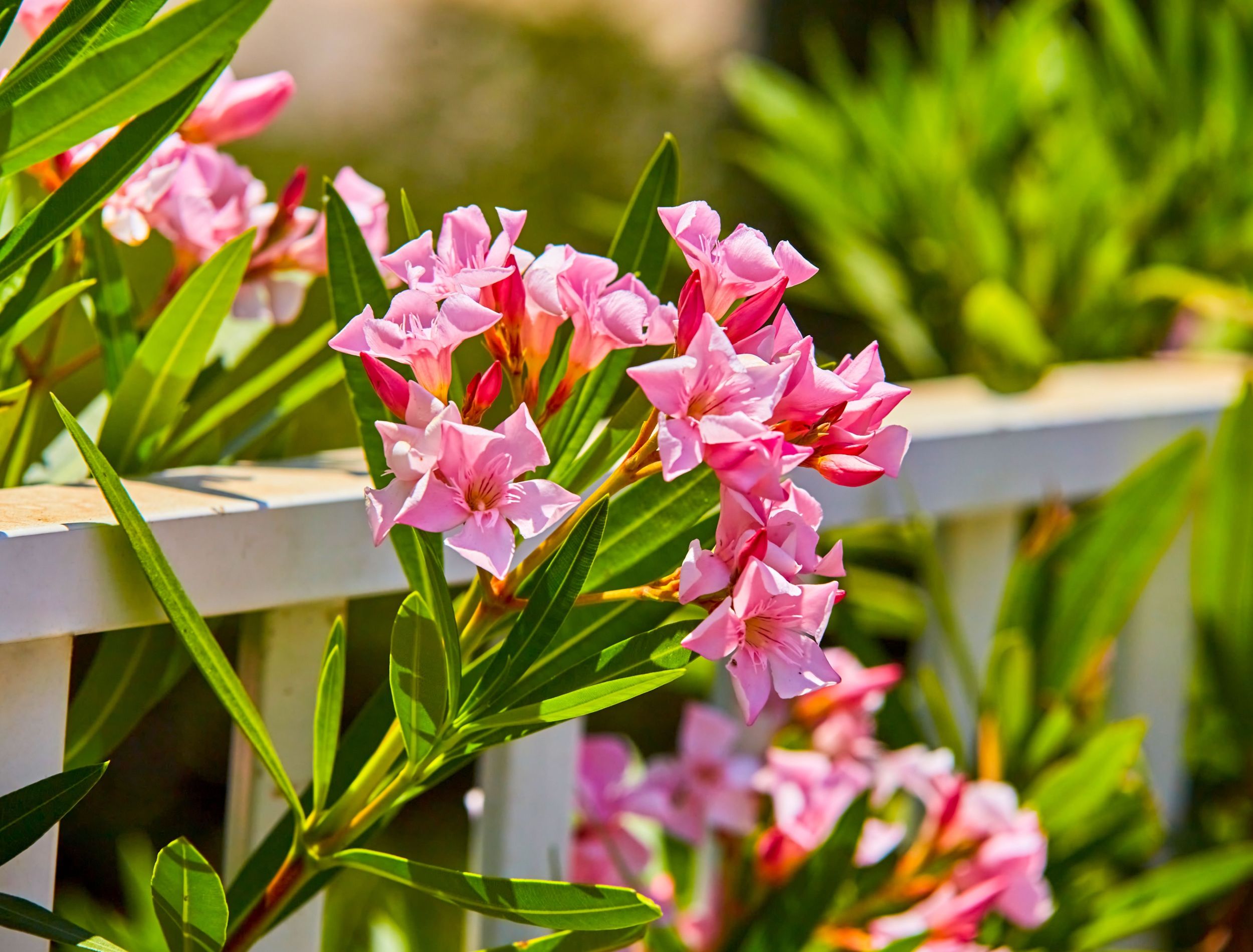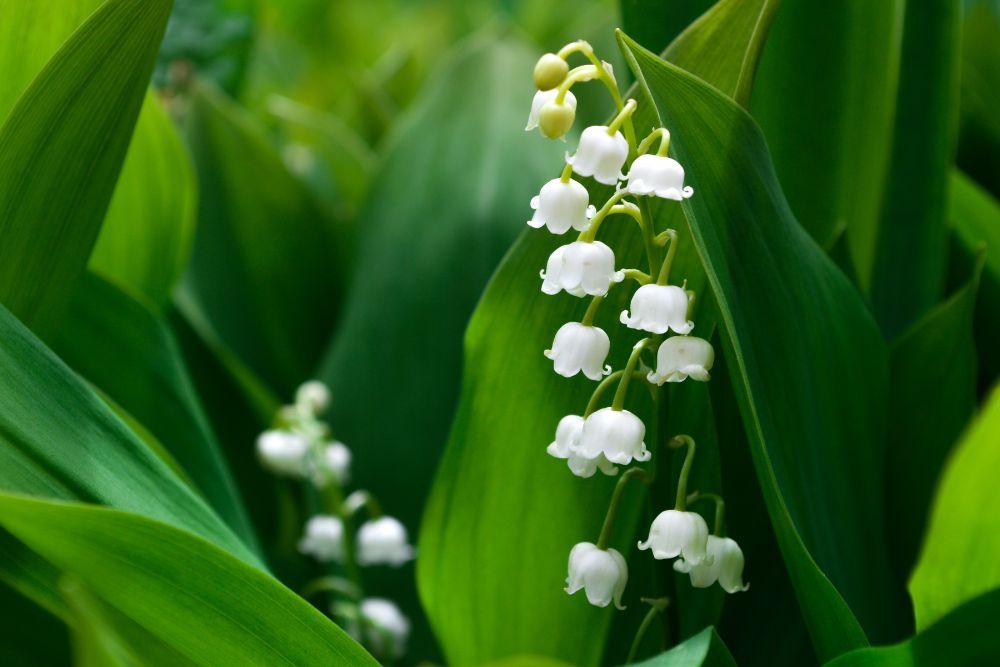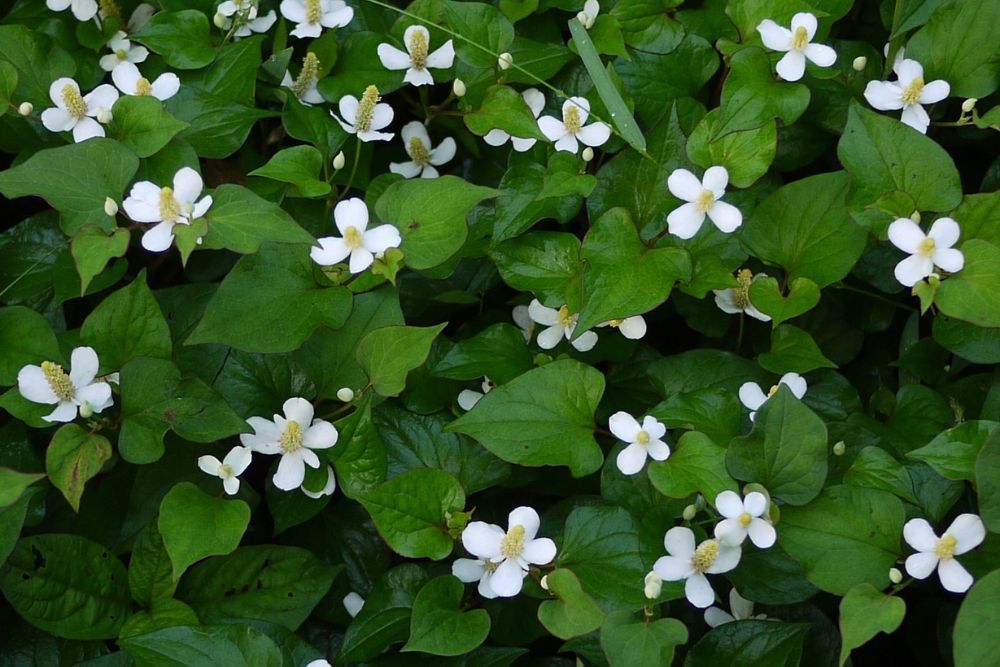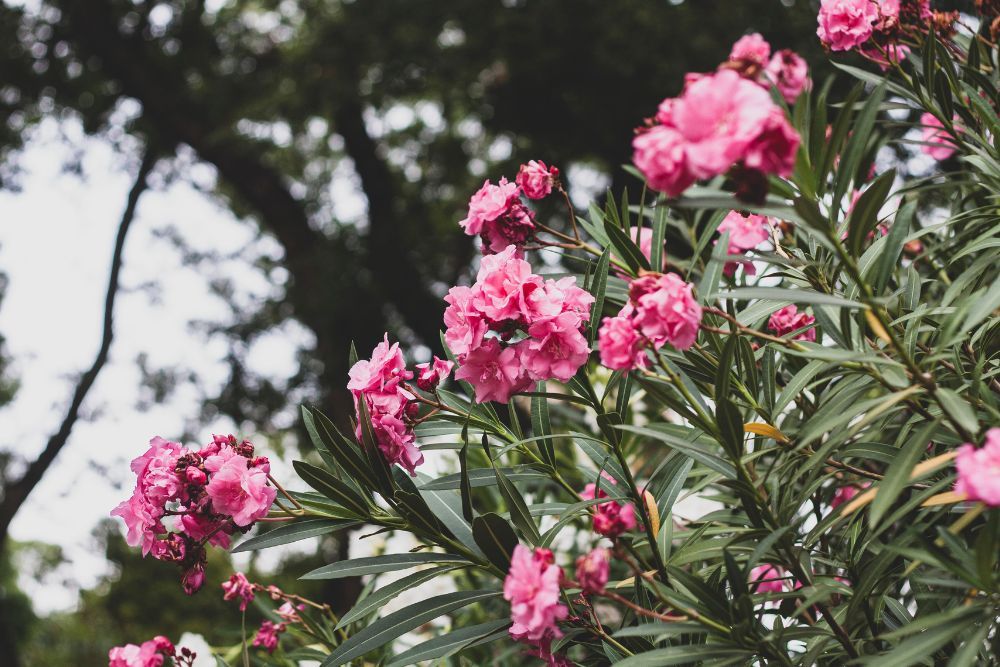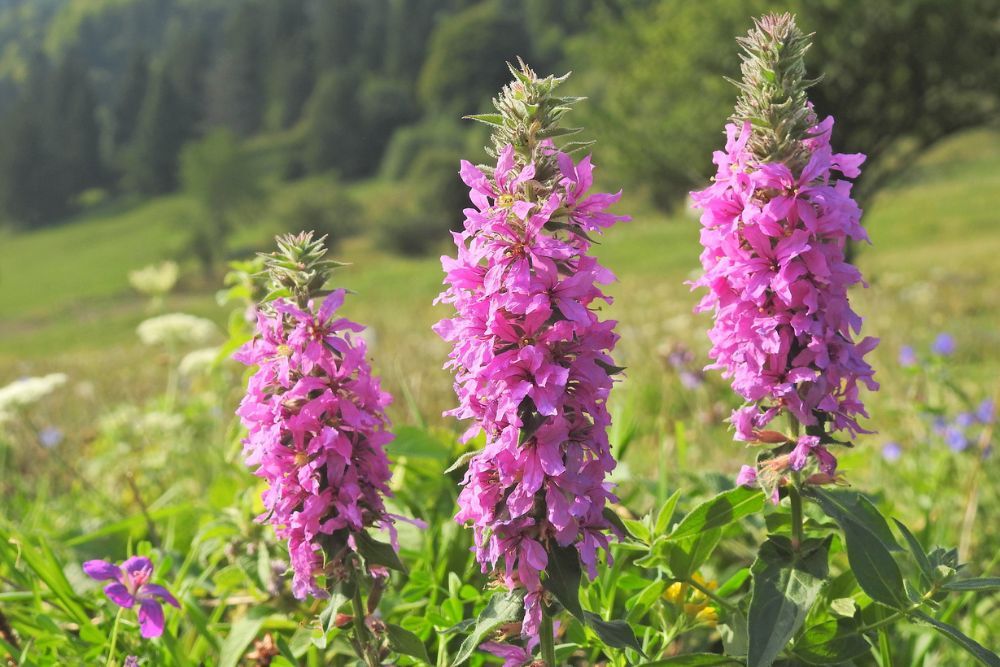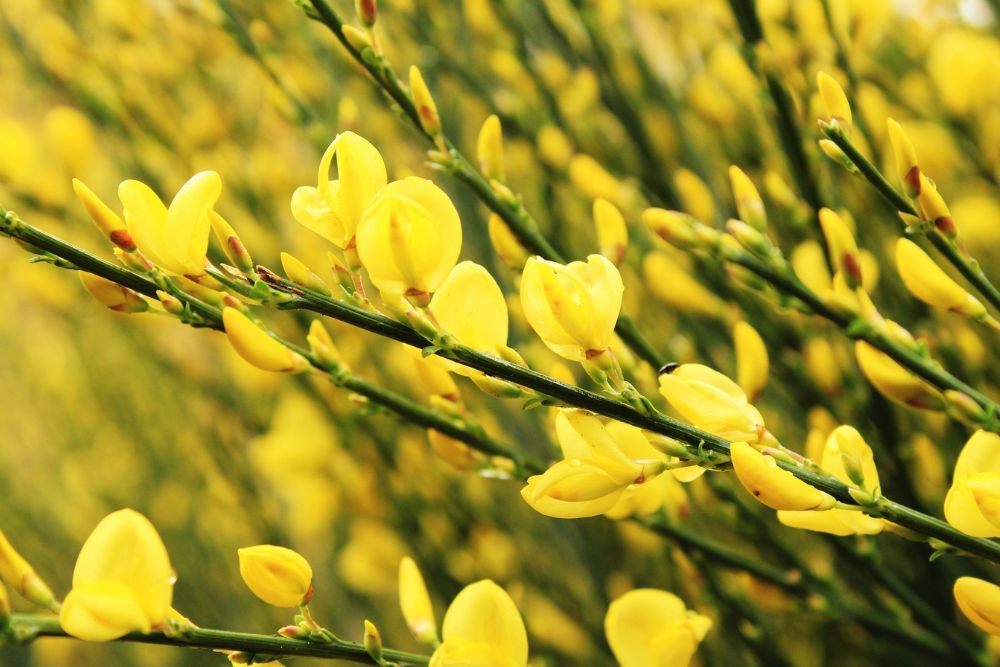Planting perennials for your garden is a delightful way to elevate your landscape with a plant that will come back yearly. However, you should not plant just any perennials in your backyard.
Some perennials are toxic, can quickly spread to overtake your garden, or are invasive species that can harm local ecosystems. Find out which five perennials you should not plant in your garden and why avoiding these potentially harmful plants is best.
Lily of the Valley
Image credits: Oceane George via Unsplash
Lily of the valley (Convallaria majalis and Convallaria pseudomajalis) has small, beautiful, bell-shaped white flowers and vibrant green foliage. However, this stunning shade ground cover is poisonous. It can cause a range of symptoms, including blurred vision, rashes, and nausea. If you suspect lily of the valley is the cause of your symptoms, you should contact poison control or a medical professional immediately.
In addition to its toxicity, the lily of the valley also spreads aggressively. If you do choose to plant it, use a container garden or garden border edging to help manage its growth. Otherwise, it can spread and overtake your lawn and the other plants in your garden.
Plant This Instead: Speckled wood lily (Clintonia umbellulata) is a top alternative in zones 4 to 8 that also naturally grows in the United States. Plus, it has delicate white petals and thrives in deep shade with less than two hours of daily sun.
Chameleon Plant
Image credits: Sen Itto via Flickr
Chameleon plants (Houttuynia cordata) can spread speedily throughout your garden. These plants have rhizomes that rapidly grow underground. Additionally, it develops roots wherever its stems drop off onto the surface of the soil. This allows it to creep along the ground and take over your yard.
Once it starts spreading, the most environmentally friendly way to remove it is to dig up any roots and rhizomes you can find and then burn them. You will most likely have to do this multiple times to effectively get it out of your garden.
Plant This Instead: Lyreleaf sage (Salvia lyrata) is an excellent substitute for chameleon plants. It naturally grows throughout the eastern and central United States in zones 5 to 8 and will also attract butterflies!
Oleander
Image credits: Svetlana B. via Unsplash
Oleander (Nerium oleander) is pretty but highly poisonous, so it is best to avoid planting it. Multiple parts of oleander, including the bark, flowers, and foliage, carry a severe poisoning risk. Oleander is toxic and can be fatal to humans and pets like cats and dogs. If you suspect oleander poisoning, contact a medical professional, poison control, or veterinarian in the case of a pet right away.
Plant This Instead: Gordonia (Gordonia lasianthus) thrives in zones 7 to 9, is native to the United States, and produces showy, fragrant white flowers.
Purple Loosestrife
Image credits: xulescu_gvia Flickr
Purple loosestrife (Lythrum salicaria) is a noxious weed. This means that it grows so aggressively it competes with local plant species and overtakes them. It spreads vigorously near marshes, wetlands, and streams. Purple loosestrife primarily proliferates by seed because a mature plant can produce 2.7 million seeds!
When it overtakes naturally existing local plant life, it damages the existing plant ecosystem and poses problems for regional wildlife. Without native wetland plants, waterfowl do not get the cover they need to thrive in their habitat. Avoid cultivating invasive plants like purple loosestrife to help limit its spread and protect local wetland ecosystems.
Plant This Instead: For stunning purple flowers that won't damage local wetlands, plant coneflower (Echinacea purpurea) in full sun or partial shade in zones 3 to 8.
Scotch Broom
Image credits: armennanno via Pixabay
Scotch broom (Cytisus scoparius) may have bright golden yellow flowers but similar to purple loosestrife, it is a noxious weed. However, this invasive plant attacks grasslands and open forests instead of damaging wetlands. It wipes out regional grasses where wildlife forage and is poisonous to humans and some livestock, especially horses. A mature scotch broom can produce 10,000 seeds that last anywhere from 3o to 80 years, so it is incredibly challenging to eradicate.
To remove scotch broom, you can either manually dig up the plants or use herbicide with triclopyr to help manage it. You will need to repeat manual removal yearly for up to 20 years. Then after digging up the scotch broom, sow rye seeds annually to help crowd out future growth.
Alternatively, if you use herbicides, apply a spot treatment to the foliage, stumps, or cut branches. Use an herbicide with a concentration of 0.5 to 1 percent triclopyr and suitable for spot treatments. Always follow the package instructions to dilute and apply the herbicide correctly.
Plant This Instead: In zones 8 through 10, try cultivating flowering jasmine (Chrysojasminum floridum) for bright golden yellow flowers resistant to drought and attractive to butterflies.
Prevent Perennial Problems
While some perennial flowers are a delightful addition to your garden, other perennial plants can pose significant problems. Plants like lily of the valley and oleander are highly toxic, while others, like chameleon plants, aggressively spread to take over your yard. Then, invasive species are an important consideration because noxious weeds like purple loosestrife and scotch broom can harm local ecosystems. Always research your perennials ahead of time to avoid these issues entirely.
What perennials do you avoid planting and why? Share your tips and insight in the comments below to help fellow gardeners!

